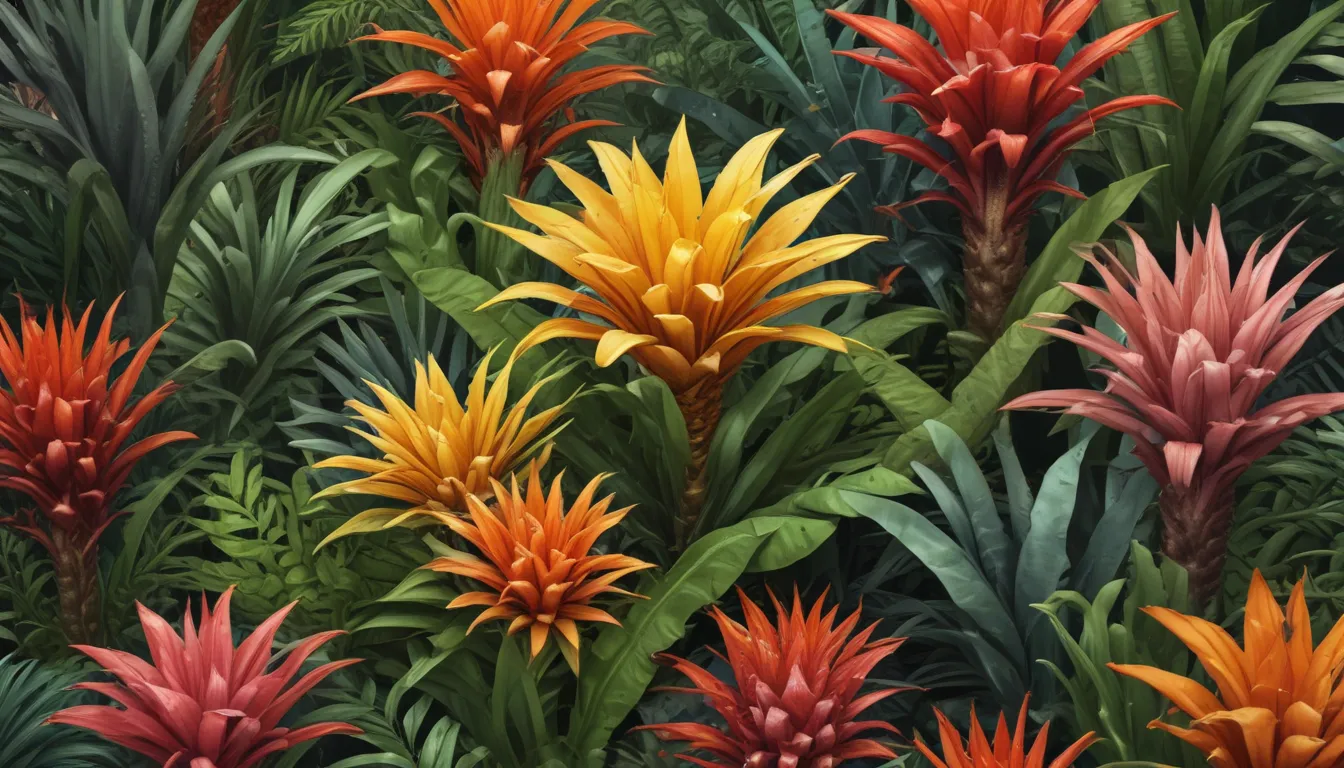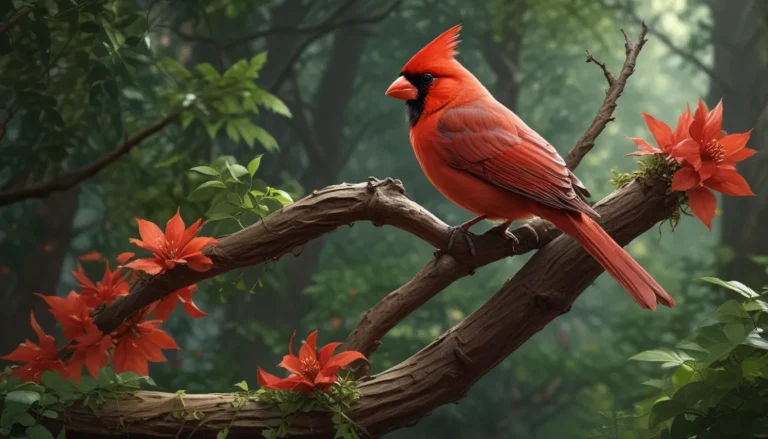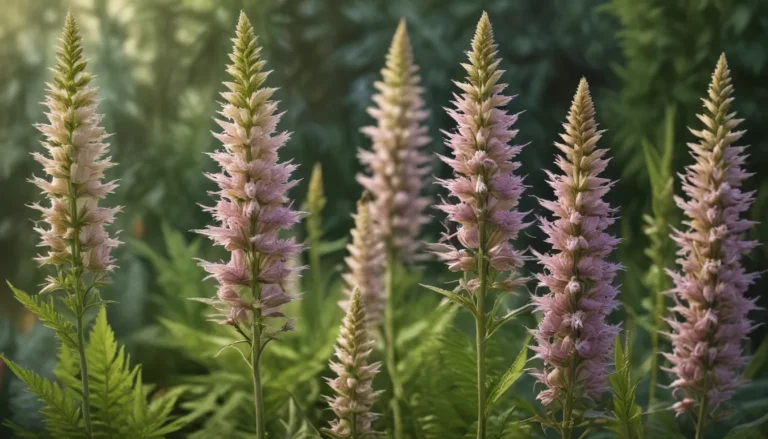The pictures we use in our articles might not show exactly what the words say. We choose these pictures to make you interested in reading more. The pictures work together with the words but don’t take their place. The words still tell you the important facts.
Bromeliads are an extraordinary group of plants that captivate with their stunning beauty and unique characteristics. Originating from the Americas, these tropical wonders belong to the Bromeliaceae family and boast a diverse array of over 3,000 species. With their vibrant colors, ability to collect water in central cups, and fascinating adaptations, bromeliads truly stand out in the botanical world.
Unveiling the Diversity of Bromeliads
The Bromeliad family comprises over 3,000 diverse species, each offering a unique blend of shapes, sizes, and colors. From delicate air plants to majestic pineapple plants, there is something to appeal to every plant enthusiast and collector. The sheer variety within the Bromeliad family makes it a popular choice worldwide, showcasing the beauty and intricacy of these remarkable plants.
Thriving in Tropical Environments
Predominantly found in tropical regions of the Americas such as the Amazon rainforest, Central America, and the Caribbean, bromeliads thrive in warm and humid climates. Their unique adaptation to these ecosystems has allowed them to occupy various ecological niches and become integral to the biodiversity of these regions.
Unique Water-Storage Mechanisms
A standout feature of bromeliads is their rosette-shaped leaves that form natural reservoirs, collecting rainwater and debris. These central cups provide habitats for a diverse range of organisms, from insects to frogs, creating mini-ecosystems within the plants themselves. The ability to house such unique ecosystems sets bromeliads apart in the botanical world.
Fascinating Nutrient Acquisition Process
Bromeliads have evolved a unique method of obtaining nutrients, gathering nourishment from the air and rainwater rather than relying on the soil. Specialized structures called trichomes, tiny scales or hairs on their leaves, allow them to absorb moisture and nutrients effectively. This adaptation enables them to thrive even in environments with poor soil quality.
Harnessing Epiphytic Abilities
Many bromeliads are epiphytic, meaning they grow on other plants like trees or rocks. By anchoring themselves to a host plant and extracting moisture and nutrients from the air and rainwater, epiphytic bromeliads exemplify nature's adaptability. This unique lifestyle enables them to survive in habitats where access to soil is limited.
Dazzling Displays of Color
Bromeliads showcase a stunning spectrum of colors, ranging from vibrant reds, pinks, and oranges to subtle greens and silvers. Not only do these colors enhance the beauty of any space, but they also serve practical purposes. Some bromeliads use their hues to attract pollinators, while others rely on them for camouflage in their natural environments.
Long-Lasting Floral Wonders
Unlike many plants, bromeliad flowers boast exceptional longevity, often blooming for several months or even up to a year before fading. This prolonged blooming period makes them a popular choice for adding bursts of color and beauty to indoor and outdoor gardens alike, making them a sought-after addition to any botanical collection.
Vital Ecosystem Contributions
Bromeliads play vital roles in the ecosystems they inhabit, with their water-filled reservoirs providing habitats for a myriad of organisms. Insects, frogs, and even small birds rely on these mini-ecosystems for survival, contributing to biodiversity and nutrient cycling. Their presence is crucial for maintaining the overall health of the surrounding environment.
Cultural Significance Through the Ages
Throughout history, bromeliads have held cultural significance in various societies. In many Latin American countries, these plants are utilized in traditional ceremonies, decorations, and even medicinal practices. Associated with luck, protection, and love, bromeliads are believed to bring positive energy into people's lives, showcasing their enduring influence on human culture.
Edible Delights and Culinary Inspirations
While not all bromeliads produce edible fruits, some species, such as the iconic pineapple (Ananas comosus), bear delicious and nutritious offerings. Pineapples, in particular, are a widely consumed fruit globally, featuring prominently in culinary dishes and beverages. The culinary versatility of bromeliads adds to their appeal both in gardens and on dining tables.
Adaptable to Various Light Conditions
Bromeliads exhibit exceptional adaptability to different light conditions, thriving in environments ranging from full sun to deep shade. Some species prefer bright, direct sunlight, while others thrive in shady or partially shaded settings. This adaptability makes them versatile plants suitable for a wide range of indoor and outdoor locations.
Medicinal and Therapeutic Applications
Certain bromeliad species have been utilized in traditional medicine for centuries for their therapeutic properties. Extracts from bromeliads have been used to treat respiratory conditions, digestive issues, inflammation, and skin problems in various cultures. It is advisable to consult a healthcare professional before using any plant-based remedies to ensure safety and efficacy.
Ingenious Leaf Adaptations
Many bromeliads boast unique leaf adaptations that allow them to thrive in diverse habitats. Some species have thick, succulent leaves that aid in water retention in arid environments, while others sport spiky leaves as a defense mechanism against potential predators. These adaptive features contribute to the resilience and survival of bromeliads in challenging conditions.
Indoor Houseplant Elegance
With their striking appearance and low maintenance requirements, bromeliads have become popular choices as indoor houseplants. Their colorful foliage and distinctive growth habits can instantly elevate the aesthetic of any indoor space, adding a touch of exotic elegance. Their ability to adapt to varying light and humidity levels makes them ideal companions for indoor environments.
Inspiring Artistic Expressions
The captivating shapes, colors, and textures of bromeliads have inspired artists, designers, and architects worldwide. Their unique characteristics can be seen reflected in an array of art forms, including paintings, sculptures, fabric patterns, and architectural designs. The influence of bromeliads on creative arts speaks to their allure and beauty, transcending botanical appreciation into artistic expression.
Conclusion: Embracing the Wonders of Bromeliads
Bromeliads stand out as truly fascinating plants with a rich history and an array of remarkable features. Whether you are an experienced gardener or new to the world of plants, incorporating bromeliads into your collection can bring color, texture, and a touch of tropical paradise to your home or garden. With their adaptability, low-maintenance nature, and ability to thrive in diverse environments, bromeliads are the perfect choice for those seeking unique and captivating botanical companions.
Don't hesitate to explore the enchanting world of bromeliads, discovering the wonders that these incredible plants have to offer. From learning about specific care requirements to witnessing firsthand the beauty and resilience of bromeliads, embarking on this botanical journey is sure to enrich your plant collection and spark a newfound appreciation for the natural world.
FAQs: Unveiling More Bromeliad Insights
Q: Are bromeliads suitable for indoor or outdoor cultivation?
A: Bromeliads can thrive both indoors and outdoors, with some species adapting to different light and humidity levels.
Q: How often should I water my bromeliad?
A: Keeping the central cup filled with water is essential for bromeliad care, ensuring adequate moisture without overwatering.
Q: Do bromeliads require special care?
A: Bromeliads are generally low-maintenance plants, preferring bright light, well-draining soil, and regular misting for optimal growth.
Q: How often do bromeliads bloom?
A: Bromeliads typically bloom once in their lifetime, with the frequency varying based on the species and environmental conditions.
Q: Can I propagate bromeliads?
A: Yes, bromeliads can be propagated through offsets, or plantlets, that grow at the base of the parent plant and can be separated for propagation.
Q: Are bromeliads pet-friendly?
A: Most bromeliads are non-toxic to pets, but it's advisable to research specific species to ensure safety for animals.
Dive deeper into the world of bromeliads, uncovering more intriguing facts and expanding your botanical knowledge with our comprehensive articles. Explore the unparalleled wonders of bromeliads and let your curiosity guide you through the captivating realm of these extraordinary plants.






